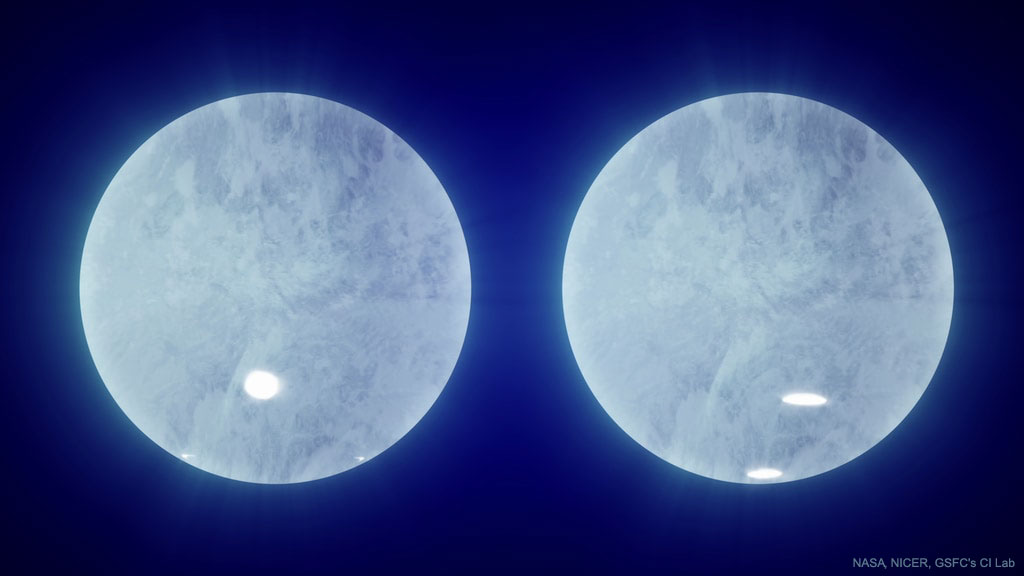A team of astronomers have followed the evolution of a short duration gamma ray burst, one of the most intense explosions in the entire universe. This discovery makes a breakthrough for further observations of these rare events.
To say that gamma ray bursts are incredibly bright is an understatement. A single burst releases more energy in a few seconds then our Sun does over its entire lifetime. They are so bright that they can be seen from literally across the universe.
But because of their fleeting nature they are very difficult to detect. Observatories must constantly monitor large swaths of the sky and tune in to catch the quickly fading afterglow of the explosion.
But a team of astronomers have developed a different way to study these short but intense events. They used ALMA, the Atacama Large Millimeter/submillimeter Array, located in the high Atacama desert of Northern Chile. The array consists of 66 different telescopes all working together to provide high resolution images of the distant universe.
“This short gamma-ray burst was the first time we tried to observe such an event with ALMA,” said Northwestern’s Wen-fai Fong, principal investigator of the ALMA program. “Afterglows for short bursts are very difficult to come by, so it was spectacular to catch this event shining so brightly. After many years observing these bursts, this surprising discovery opens up a new area of study, as it motivates us to observe many more of these with ALMA and other telescope arrays in the future.”
The team targeted GRB 211106A after an initial detection of the event in the x-rays. They were able to study the afterglow of the event for much longer using millimeter wavelengths rather than gamma rays or X-rays .
“Millimeter wavelengths can tell us about the density of the environment around the GRB,” said Schroeder, study coauthor and graduate student in Fong’s research group. “And, when combined with the X-rays, they can tell us about the true energy of the explosion. Because emission at millimeter wavelengths can be detected for a longer time than in X-rays, the millimeter emission also can be used to determine the width of the GRB jet.”
“ALMA shatters the playing field in terms of its capabilities at millimeter wavelengths and has enabled us to see the faint, dynamic universe in this type of light for the first time,” Fong said. “After a decade of observing short GRBs, it is truly amazing to witness the power of using these new technologies to unwrap surprise gifts from the universe.”

